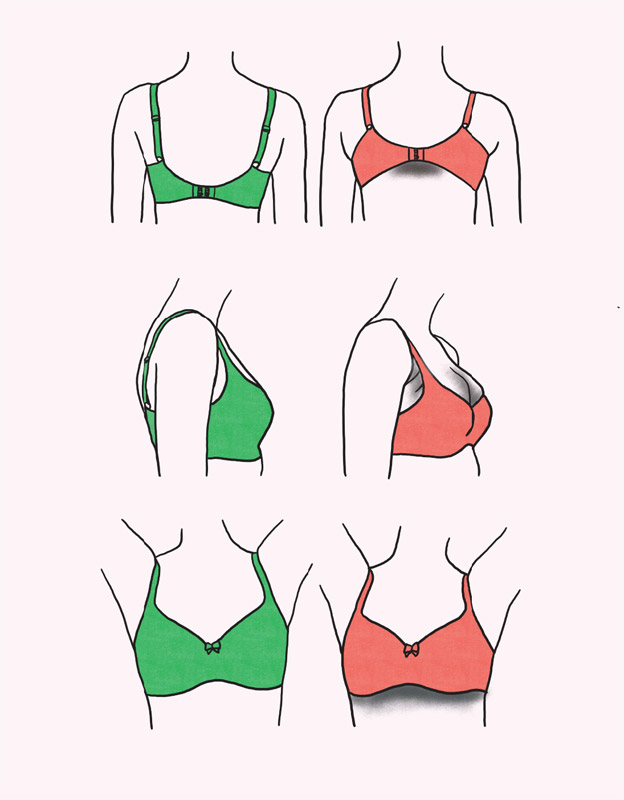Signs that you’ve found the perfect fit… or not!
Band size, cup size and style all play a part in a perfect t. A good fit will have the
underband firmly anchored around the body, level at the front and the back. If the band is riding up in the back and not parallel to the floor, the band is too big and can’t do its
job of supporting the breasts. e shoulder straps should be comfortable and not be digging into your shoulder (it’s not their job to carry the weight of the breasts!).
As for the cup, underwires should sit at against the chest wall and completely contain the breast. e cup should not squeeze the breast out of the top of the cup (creating a double-boob effect).
The style of the bra can help, too. Make sure you like the way the straps are set — farther apart vs. more centered on the cup, wide vs. thin straps, wide back strap, ballet back — and pick a fabric that feels “barely there” on your skin.


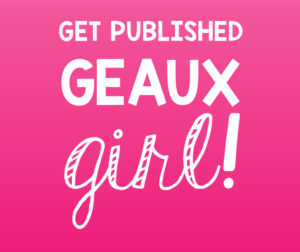
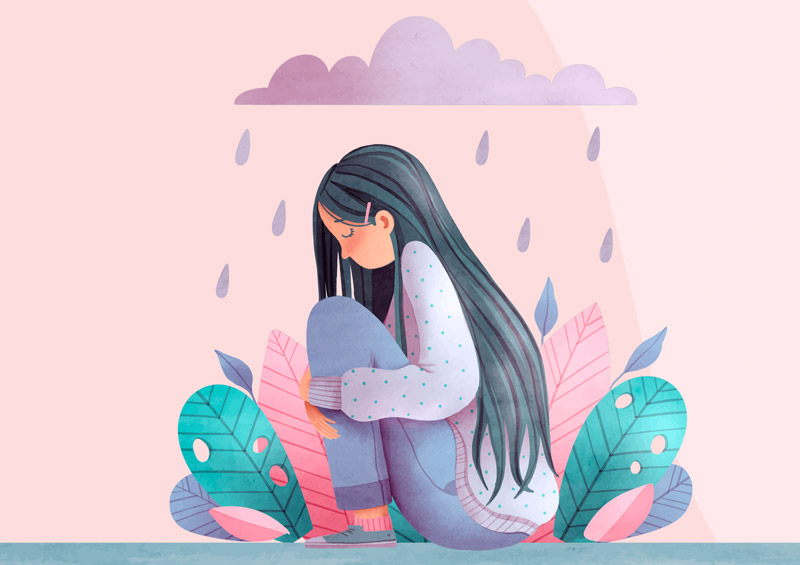


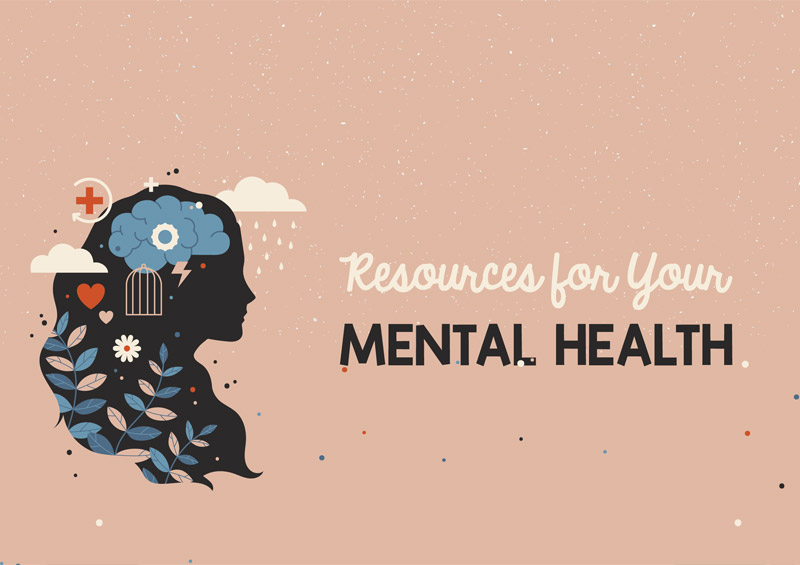


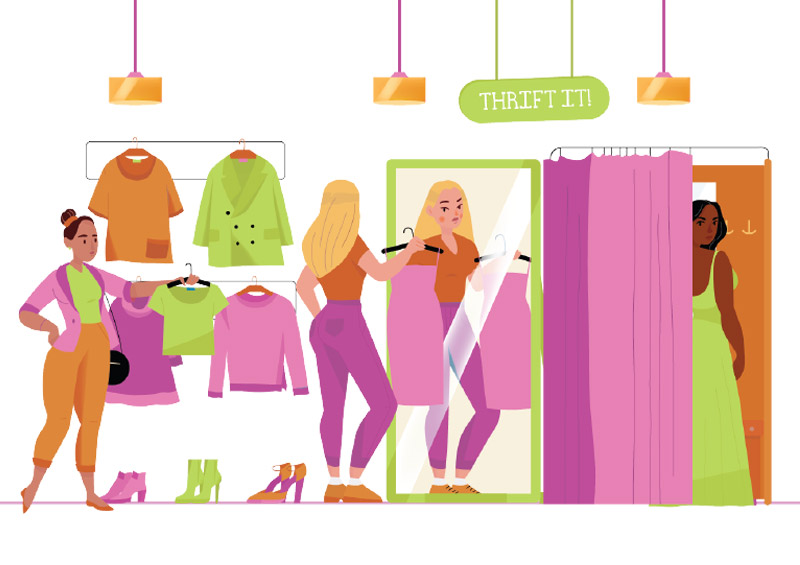
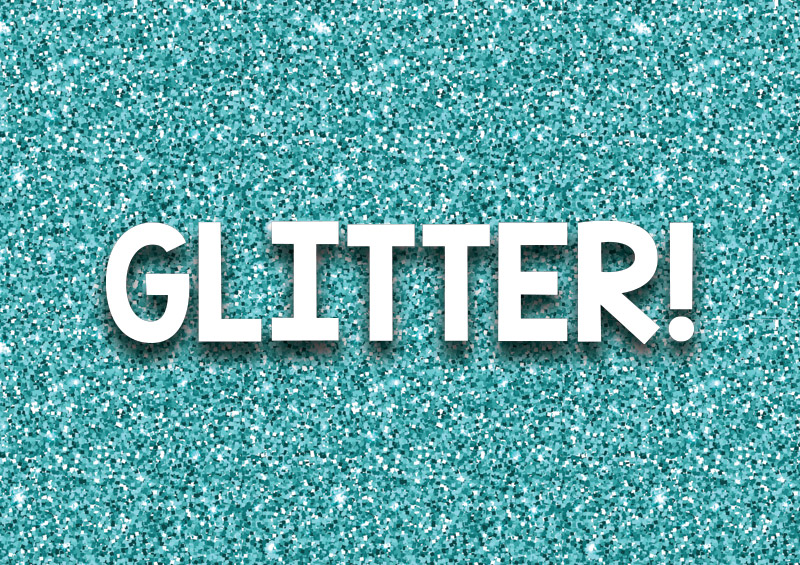
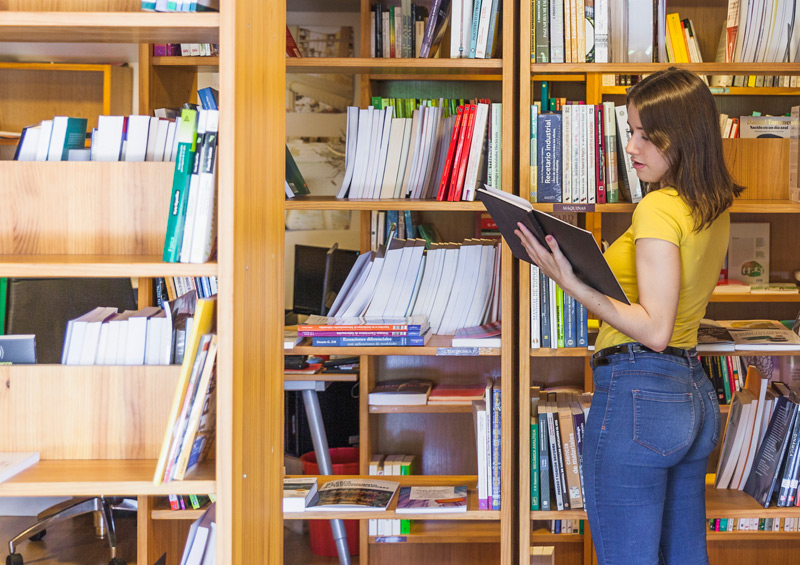
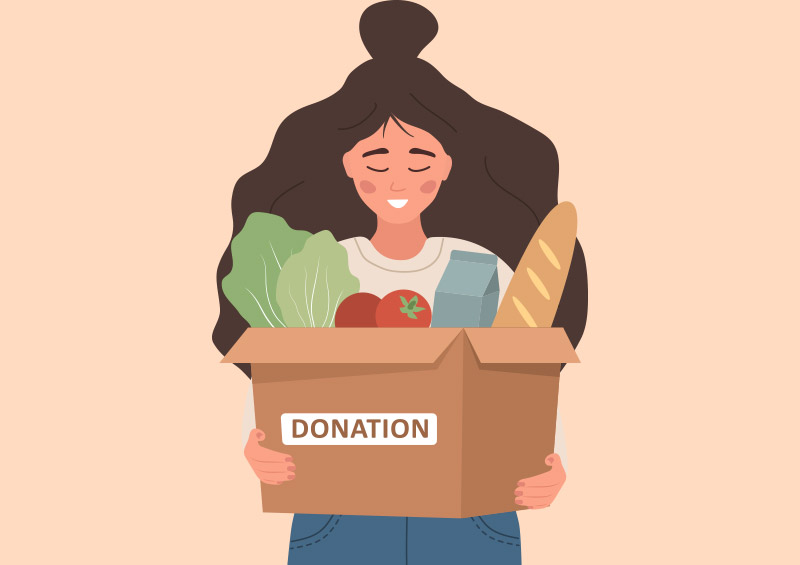
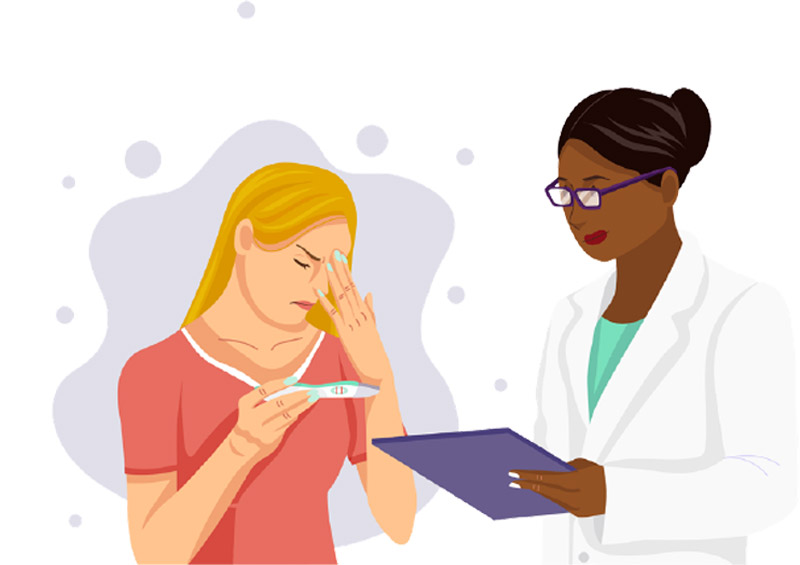

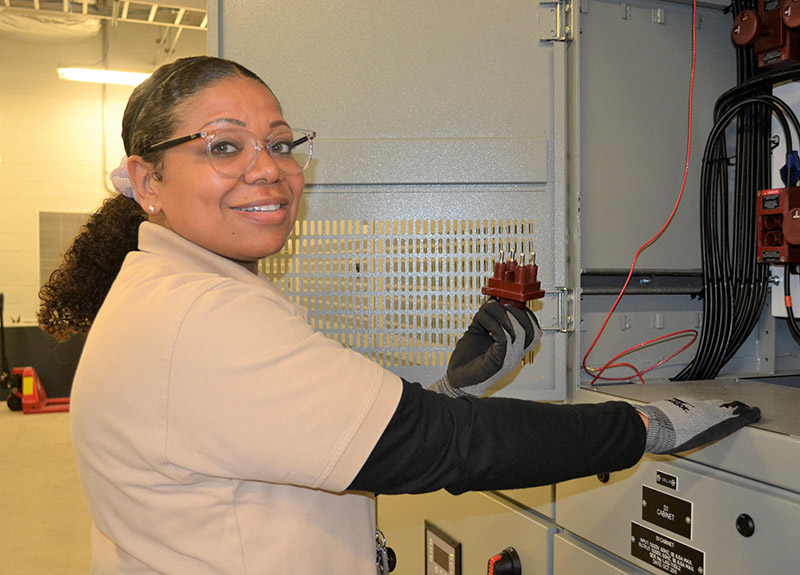
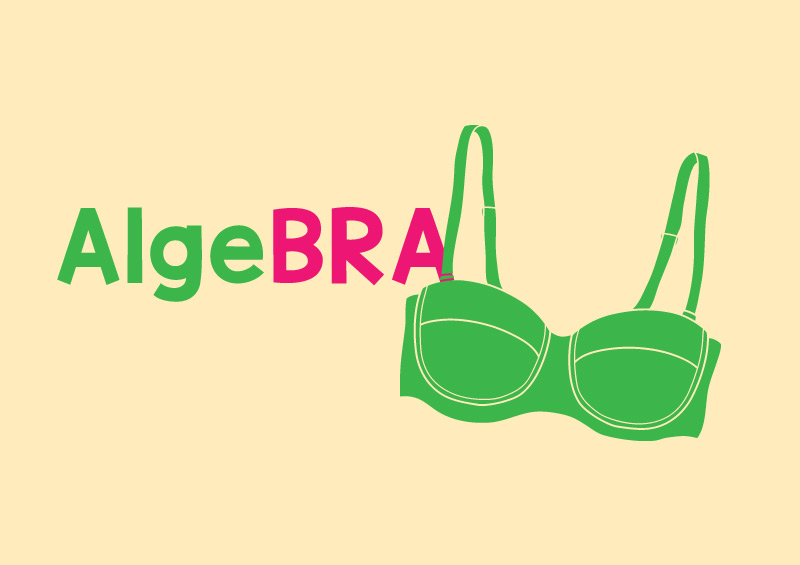
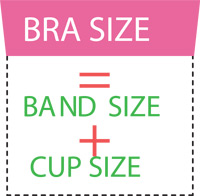
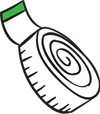 Trying on a fitted solid color t-shirt (like hot pink) over the bra helps you see things you don’t want to see. It’s an easy way to find out if the bra gives your breast a weird shape, decorative parts press through the fabric, nipples are visible, or the color doesn’t blend in well.
Trying on a fitted solid color t-shirt (like hot pink) over the bra helps you see things you don’t want to see. It’s an easy way to find out if the bra gives your breast a weird shape, decorative parts press through the fabric, nipples are visible, or the color doesn’t blend in well.